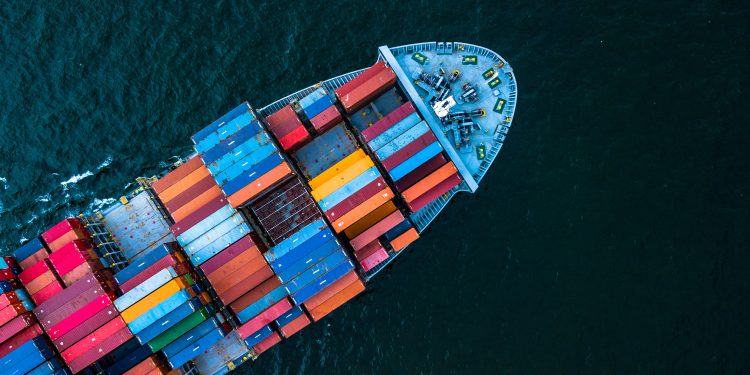Representatives from maritime and energy organizations convened in Sydney in October, in order to accelerate the development of a green corridor for transportation of iron ore between Australia and East Asia (the Australia-East Asia Iron Ore Green Corridor).
The representatives identified key actions to fuel the clean shipping of iron ore by matching emerging clean ammonia supply with industry demand.
More specifically, they believe that the following action areas constitute key priorities to support the accelerated development of the Australia-East Asia Iron Ore Green Corridor:
- Create a shared understanding of what a realistic fuel supply and demand looks like and how it can be initially aggregated across the Australia-East Asia Iron Ore Green Corridor, enabling first contractual commitments for clean ammonia as a shipping fuel and incentivizing upstream, mid-stream and downstream investments.
- Map the key needs and requirements of various actors and parts of the value chain that will successfully accelerate the development of the Australia-East Asia Iron Ore Green Corridor and incorporate these into a timeline that can be used to coordinate most urgent industry action, including commercial modelling and an assessment of optimal locations for fuel supply and bunkering.
- Promote the development of a regulatory framework for safe operation of ammonia fueled vessels, including the creation of a competitive environment for the adoption of clean ammonia as a marine fuel; implementation of safety standards related to bunkering, fuel handling, and ship construction; crew training; and environmental protection.
- Engage with critical public sector actors to define and promote the benefits of the Australia-East Asia Iron Ore Green Corridor, making the case for long-term public-private collaboration with national, state, and regional governments and communities including policy and development support for first movers and early adopters of ammonia.
However, they also acknowledged certain challenges, such as:
- Technological readiness and infrastructure to produce, supply and use clean ammonia as a marine fuel and competition for clean ammonia as an emerging energy source with other fuels and industries;
- The need for governments’ support in bridging the current price gap between clean ammonia and conventional fuel to enable maritime decarbonization targets and incentivize investments in clean ammonia production and infrastructure;
- The need for effective clean ammonia regulation and subsequent engagement towards the public acceptance of its use as a net-zero emission marine fuel;
- The need to gather and align outcomes from safety studies globally to promote timely development and implementation of safe and effective bunkering infrastructure, procedures, and standards;
- The status of the development of certification of origin for clean shipping fuels and the need to understand the carbon intensity of future fuels throughout the value chain.
In the longer term, strategic engagement with public and private sector actors in East Asia, including China, Japan and South Korea, will be critical as the counterpart to the work being undertaken by industry participants in Australia.
Coordination between the maritime and energy sectors is critical in order to overcome challenges and scale impact. Industry alignment is also important to enable strategic collaboration with the public sector, which could be the main difference-makers going to support first movers in bridging the cost gap for zero-emission fuels
Global Maritime Forum’s Senior Program Lead on Decarbonization, and chair of the Roundtable, Marieke Beckmann, highlighted.






























































